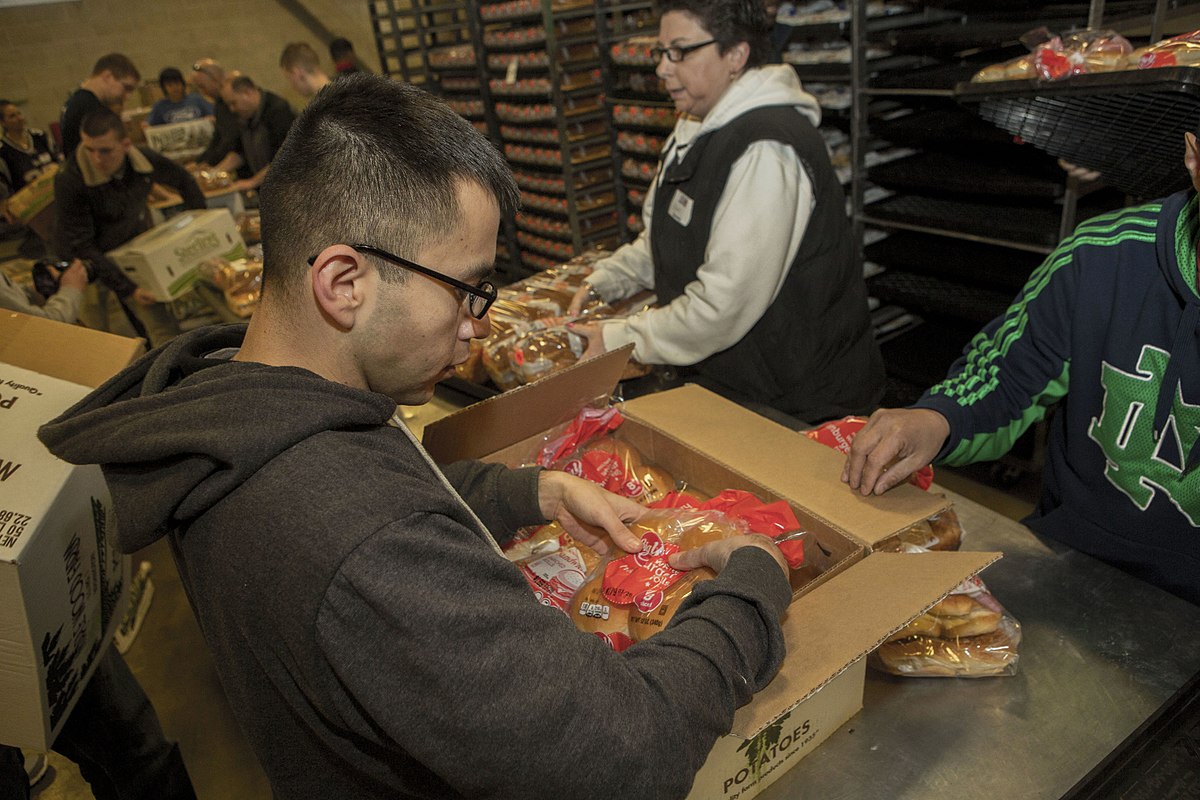The food sector is undoubtedly one of the largest in the world. As the need for the supply of food goods from one location to another grows, proper food packing becomes increasingly essential. The protection, preservation, and provision of vital product information to the consumer are critical and mandatory. Food items can be packed in various ways before being shipped to another location. Glass containers, tetra pack containers, hardwood containers, vacuum packages, tin or plastic packages, cardboard or metal packages are all options for packaging the items. Food products must be adequately packed to avoid damage and for safe shipment.
Hygiene
When packing a food item to preserve it from contamination and deliver it securely to the consumer, hygiene is the highest importance. Appropriate packaging ensures that food products are transported and stored in a sanitary manner. Food packaging decreases the risk of food contamination from airborne microorganisms and bacterium transfer during transportation. If the food item is not adequately packed, there is a considerable risk of food poisoning following ingestion. It could hurt the food brand’s popularity and reputation, as well as the consumer.
Reduction Of Food Waste
Food products that are packaged well are less likely to go to waste. Food items, such as fruits and vegetables, are frequently wasted during storage and transportation due to poor packaging. Other foods are thrown away as a result of manufacturers’ inadequate packaging. A package may change vehicles or means of transportation to reach its destination. However, poor packaging might cause food product damage, and the end-user will be dissatisfied with the package received.
It is more likely to be stored in the ready to eat meal packaging ready-to-eat meal container contains a larger quantity of food products. Food is frequently ruined and discarded due to inadequate packing that fails to protect it from the elements and contamination. You need Cold Packs to store such products so that they don’t get spoiled.
Keeping Food Safe
Oils and beers, for example, are packaged with the sole intention of preserving their quality and integrity. Furthermore, light can wreak havoc on such products, causing them to go rancid or lose their quality. Moreover, packing protects the product by preventing foreign items from entering it. Contamination is not present in packaged goods. This contamination could be natural or caused by humans.
Attractiveness
Packaging is an essential component of product branding and marketing. The packaging of a product is just as significant as the product itself. Its goal is to make the product stand out on the website’s shelf, increase sales, provide relevant product information, and increase curiosity. The packaging of a product can also tell a story about the firm that made it and the product’s environmental, societal, and financial ramifications. It is a tool for communicating the company’s values and the numerous advantages that the product provides to the consumer.
Appropriate ready-to-eat meal packaging assists the maker in establishing consumer trust and increase market share. It also has health benefits for the customer. The name of the food brand is tainted by poor packaging. Food products with good packaging have a longer shelf life and are less likely to be discarded or contaminated the advantages of Proper Food Packaging.
